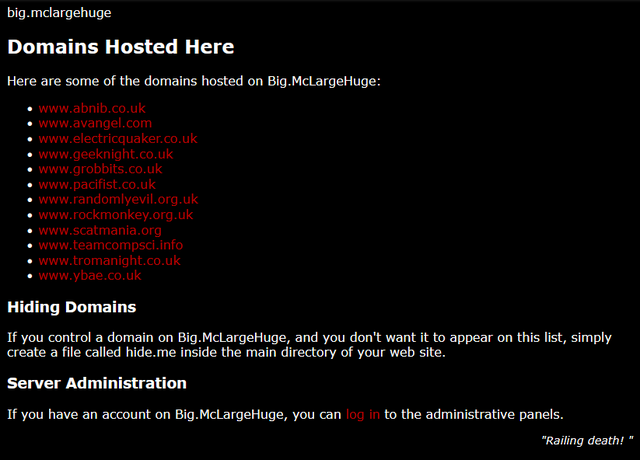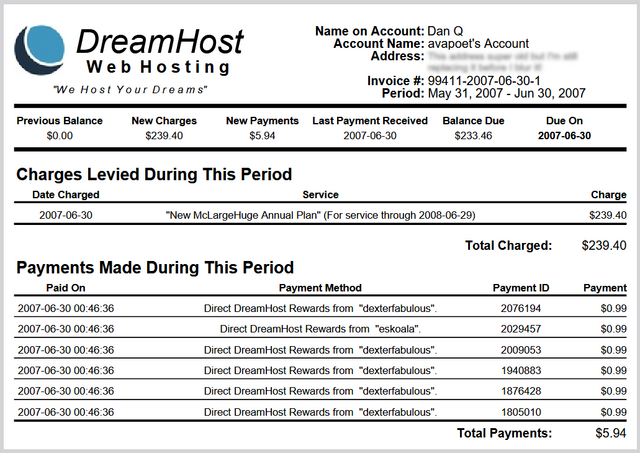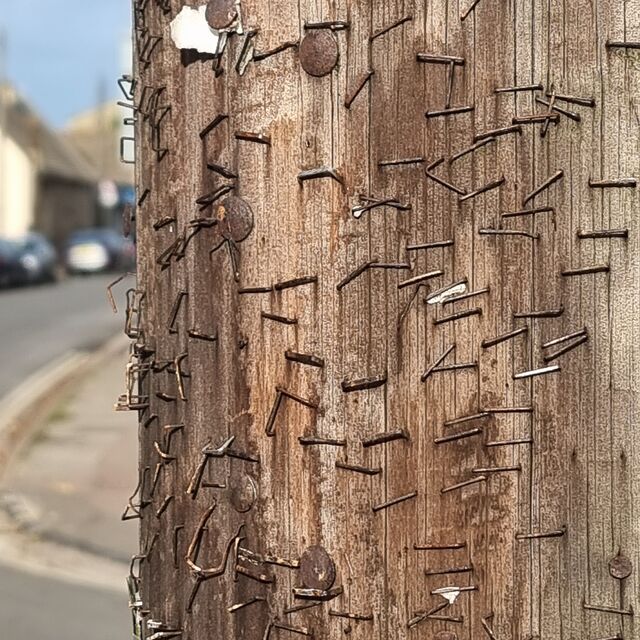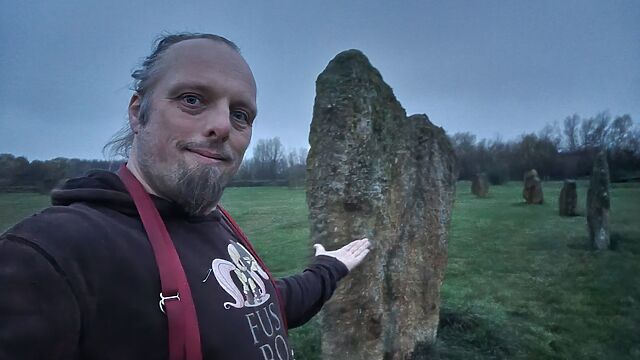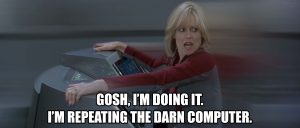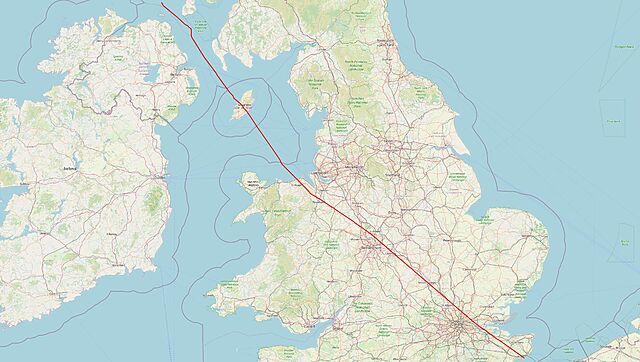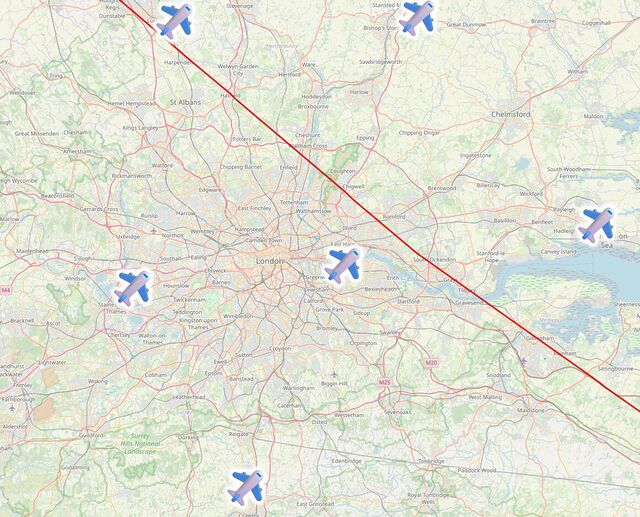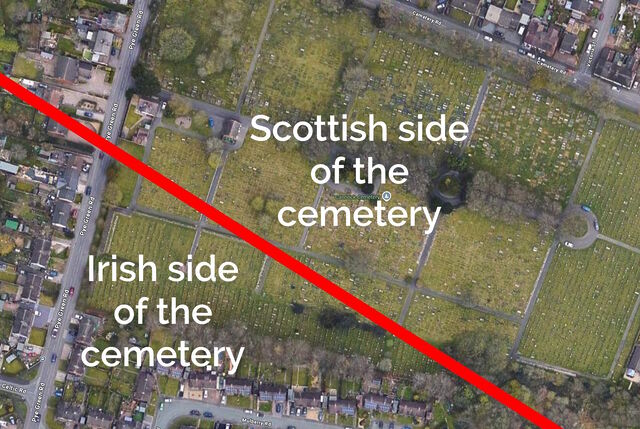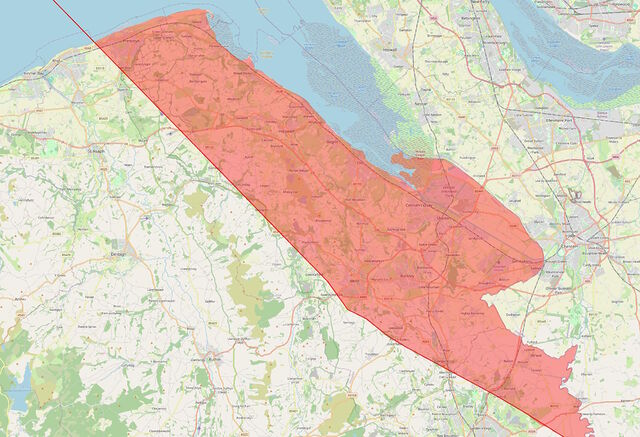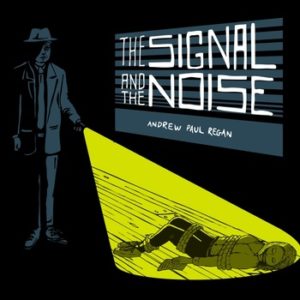…
In the 1980s and 1990s, when I was a kid, smoking was everywhere. Restaurants, bars, and a little before my time, airplanes!
The idea that people would smoke was treated as inevitable, and the idea that you could get them to stop was viewed as wildly unrealistic.
Sound familiar? But in the early 2000’s, people did stop smoking!
…
But a few years ago, the trend started to reverse. You know why?
Vaping.
Vape pens were pushed as a “safer alternative to smoking,” just like Anil is suggesting with Firefox AI. And as a result, not only did people who would have smoked anyways start up again, but people who previously wouldn’t have started.
…
I know it’s been a controversial and not-for-everyone change, but I’ve personally loved that Chris Ferdinandi has branched out from simply giving weekday JavaScript tips to also providing thoughts and commentary on wider issues in tech, including political issues. I’m 100% behind it: Chris has a wealth of experience and an engaging writing style and even when I don’t 100% agree with his opinions, I appreciate that he shares them.
And he’s certainly got a point here. Pushing “less-harmful” options (like vaping… possibly…) can help wean people off something “more-harmful”… but it can also normalise a harmful behaviour that’s already on the way out by drawing newcomers to the “less-harmful” version.
My personal stance remains that GenAI may have value (though not for the vast majority of things that people market it as having value for, where – indeed – it’s possibly doing more harm than good!), but it’s possible that we’ll never know because the entire discussion space is poisoned now by the hype. That means it’ll be years before proper, unbiased conversations can take place, free of the hype, and it’s quite possible that the economy of AI will have collapsed by then. So maybe we’ll never know.
Anyway: good post by Chris; just wanted to share that, and also to add a voice of support for the direction he’s taken his blog these last few years.
